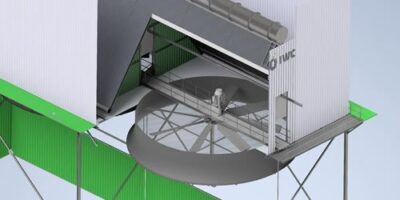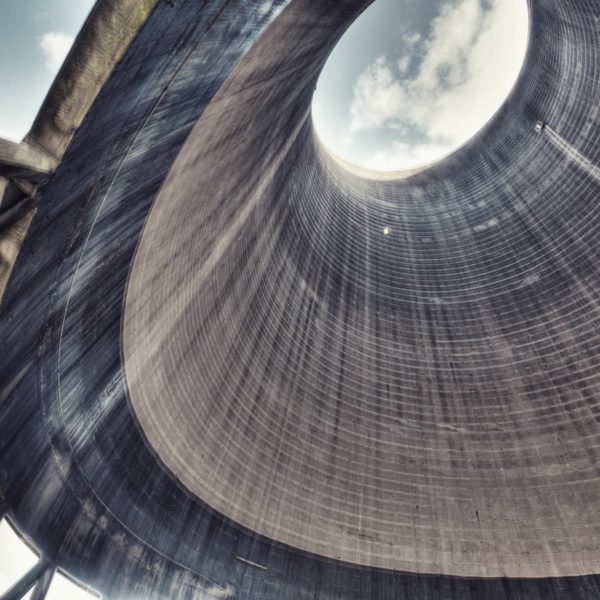Heat Exchangers
At IWC we have extensive experience in a wide range of heat transfer applications for liquid to liquid/evaporation and condensation/gas to liquid, and gas to gas. We identify which Heat Exchanger type is most suitable for the individual requirements applicable to our client specific process conditions and applicable experience.
IWC offers a comprehensive range of Plate Type Heat Exchangers for numerous applications. We also provide a range of spare plates and gaskets for most brands of exchangers.
The Danfoss range includes Gasketed and Welded heat exchangers and Semi-welded plate heat exchangers.
IWC will supply custom solutions and hold stock of a range of standard heat exchanger components. We will assess size requirements and select a correlating frame, the required number of plates and gaskets, and then commence with assembly. This reduces lead times and improves operational efficiencies.
All Danfoss heat exchangers are manufactured by its subsidiary Sondex, which Danfoss acquired in 2016, with a notable installed base in South Africa already.
IWC are proud partners of Aprovis from Germany. Aprovis have a comprehensive range of exhaust gas treatment and heat recovery solutions for many industries and applications. Chat to us to find out more.
Heat Exchanger
How to select a
Heat Exchanger
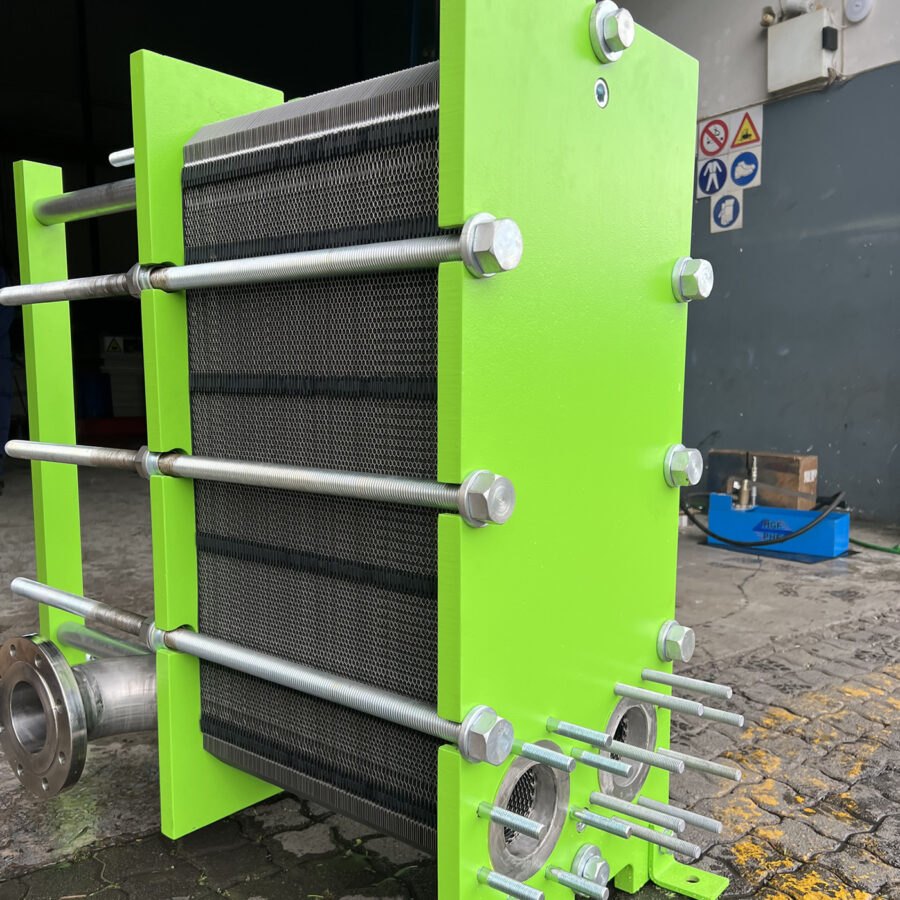
Heat Exchangers

Gasketed Plate
Heat Exchangers
Gasketed plate heat exchangers are used in many processes, in all kinds of industries. Auxiliary cooling at a power generation plant, or wort cooling at a brewery, or an ammonia evaporator to produce chilled water for mineshaft cooling are all applications done by plate type heat exchangers. Plate heat exchangers are available with single, semi-welded, free flow or fully welded plates.
Plates are bolted together in a plate pack with each plate sealed to the next by means of a gasket or a laser-weld. Plate and Gasket materials are carefully selected for the application in which the Heat Exchanger will operate.
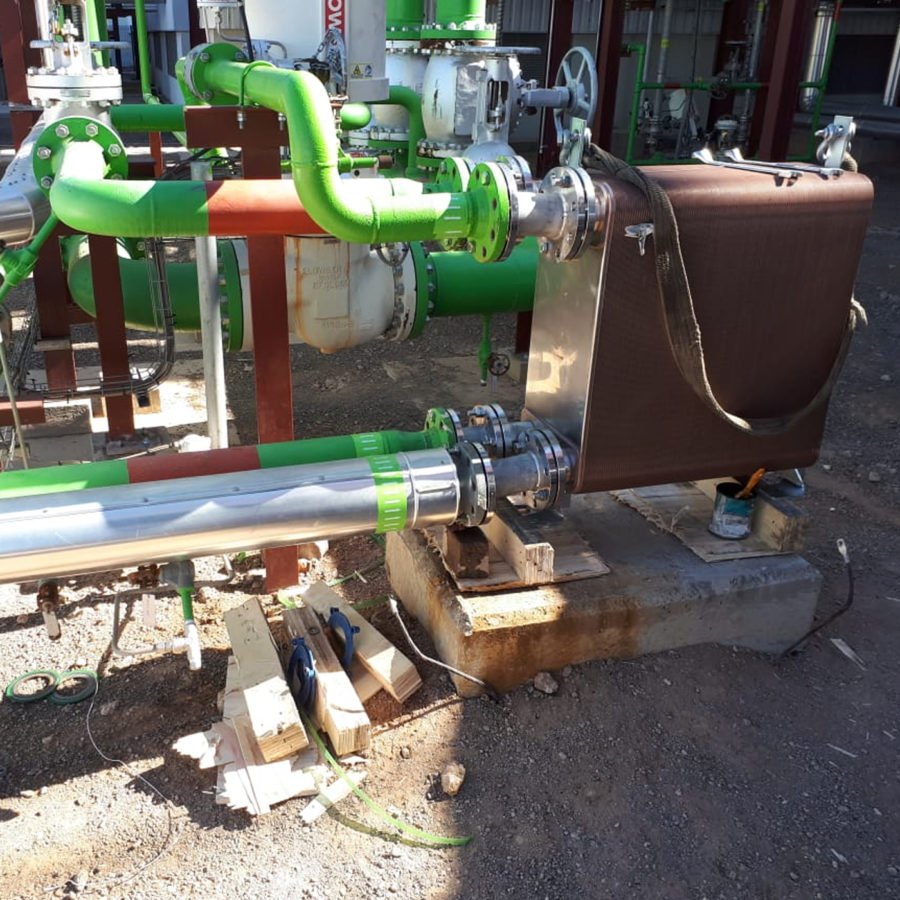
Heat Exchangers

Copper or Nickel Brazed
Heat Exchangers
Brazed plate heat exchangers consist of a number of thin (0.3mm), stainless steel plates, precision stamped and assembled as a unit. The plate pack, assembled with two end plates and connections, is vacuum brazed at extremely high temperatures providing a permanently sealed heat exchanger. The brazing ins mostly used with a copper alloy but in some instances, where copper is not allowed, nickel can be used as a brazing material.
This results in an efficient unit which gives a space and weight saving of up to 80% compared with a tube heat exchanger. These plate heat exchangers are suitable for applications requiring high temperatures and pressures. Brazed plate heat exchangers do not contain rubber gaskets and can therefore operate continuously at extreme temperatures from -180°C to 200°C with operating pressures as high as 30 bar. Applications where these heat exchangers are an effective solution include heating and ventilation (for solar heating and air-conditioning units), heat pumps, heat recovery, and hydraulic oil units.
Heat Exchangers
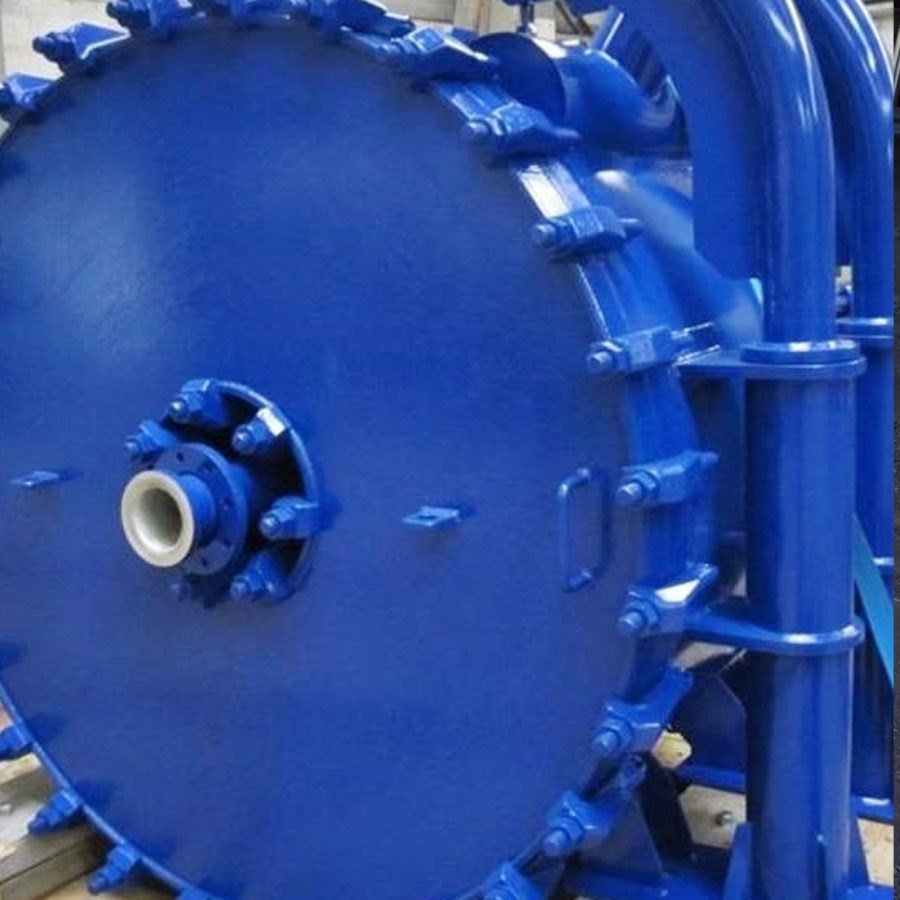
Spiral
Heat Exchangers
Circular in design with two spiral channels; each one is a closed chamber allowing two media to remain separate while heat exchange occurs.
The flow of the two products is usually counter-current, which results in a close temperature approach between the two media. A variety of fluids / vapours can be circulated through this type of heat exchanger, including liquids containing solids and fibres, waste water and slurries to name a few.
The heat exchanger surface is easy to clean and maintain with its optional removable bolted covers that can be mounted with hinges to easily open allowing access to the internal spiral chambers.






